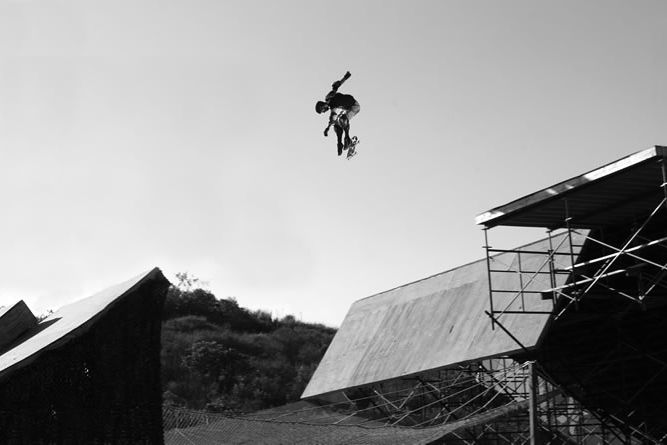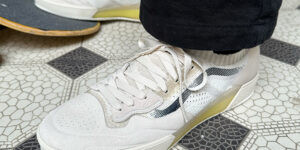Skateboarding is more than just cruising around. Skateboarding is a lifestyle. Skateboarding is love. Over the past 60 years Skateboarding went through a kind of evolution.
The main points of the story we clarified for you in our skateboarding history:
The 1950s
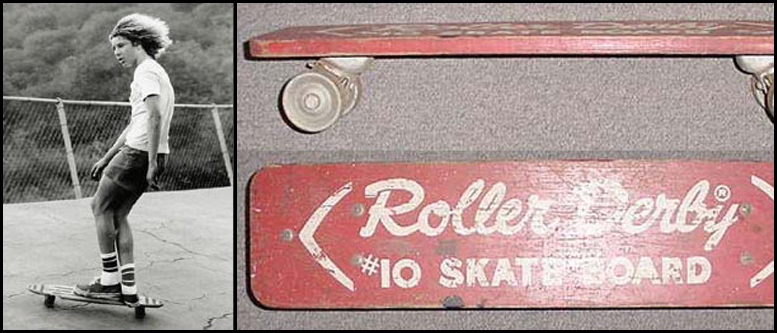
The 1960s
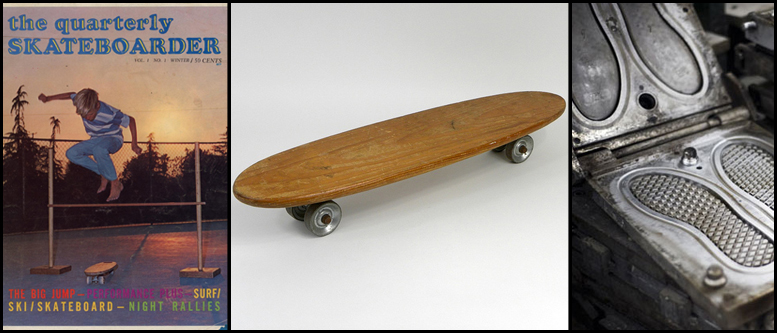
Another landmark event in 1963 was the first skate contest in Hermosa Beach, California. Skateboarding was not just cruising anymore. Skateboarders showed their skills in different disciplines like slalom or freestyle and companies started to assemble a team to sponsor the riders. As the popularity of skateboarding began to expand, the first skateboarding magazine “The Quarterly Skateboarder” was published in 1964.
A next big step was the further development of the shape of the boards. Larry Stevenson invented the “kicktail“, and with it came a lot more possibilities to ride a skateboard.

The 1970s
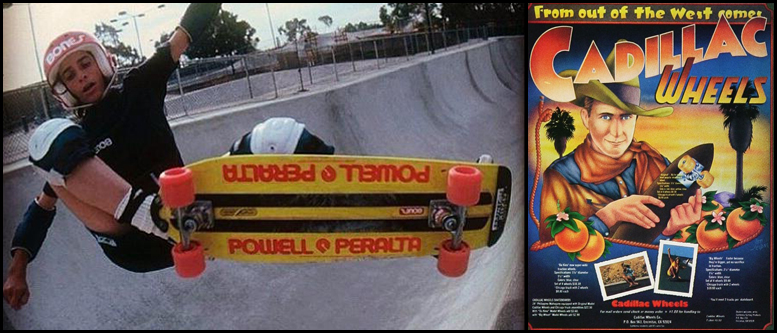
In the mid-1970s, skateboarding reached Germany. The American soldiers brought the trend with them and by 1976 Munich became the first German skateboard center. In Munich Neuperlach, the first skate park was built, first skateboard magazines followed and in 1978 the first German skateboard championships were held in Munich.
All the different riders with their individual styles enhanced lots of new tricks. Therefore, skateboarding hardware was developed further and further: Shapes changed, boards became wider, got more concave and they featured nose and tail.
Then in 1978, Alan Gelfand invented a maneuver that gave skateboarding another revolutionary jump: The “Ollie”, which counts as the greatest trick ever invented and completely revolutionized skateboarding. That was the birth of street skateboarding!

The 1980s

In 1981, the “Thrasher Magazine” was founded and since then, this magazine stands for street skateboarding, the core scene, punk rock and the lifestyle slogan “Skate And Destroy”. In 1983, another well-known magazine was founded, namely the “Transworld Skateboarding Magazine”. Next to these magazines, a few smaller ones were founded and more skate shops opened. Because of this, the popularity of skateboarding continued to grow. A global dissemination of new tricks and unseen skate maneuvers allowed the first skate videos on VHS. Videography has become increasingly important to the scene.
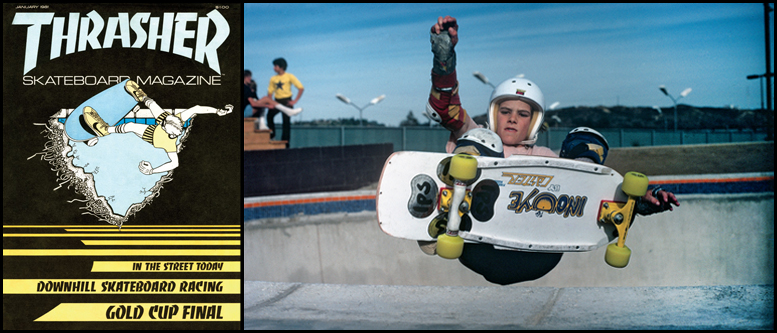
Titus Dittmann was instrumental in the development of skateboarding in Germany. He imported skate-related products from the US and organized contests and various skateboarding events. The “Münster Monster Mastership” became one of the biggest international skateboarding competitions in the 1980s. For that reason, skateboarding became more and more famous in Germany.
From the mid-1980s on, it was possible to earn good money as a professional skateboarder and the skateboard industry boomed in the US. In the late 1980s, companies like Powell Peralta, Santa Cruz and Vision dominated the international market of the scene. The fashion was mainly determined by shoes. Shoes by Vans, Converse or Vision became flagships for the skateboarding scene.
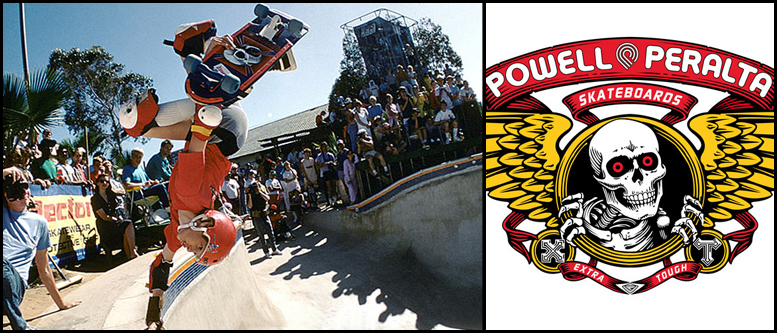
Skateboarding was now absolutely established the US and in Germany and vert skateboarding was replaced by street skateboarding. The number of skateboarders increased significantly and professional skateboarders became more and more famous just like baseball or football stars.
From the 1990s to now
Because of brands like Chocolate, Girl Skateboards or Flip Skateboards, the skateboarding hardware was developed more and more and skateboarders could buy high-quality skateboards in every bigger city.

More indicators are the big and worldwide known events of “Street League”. “Street League Skateboarding” is a contest series for international pro skaters. Here, you only see the best street skateboarder you can think of like Nyjah Huston, Eric Koston, Paul Rodriguez, Andrew Reynolds, Ryan Sheckler or Torey Pudwill. Due to the cash prizes of 200.000 US Dollars or more for the winner and 10.000 visitors at the “Street League” stops, skateboarding has become a professional sport.

In Germany, street skating is the most popular discipline at contests just like in the USA. The European and German skate scene is independent, has its own industry, pros and a national contest series. This is an evidence of how big the role of skateboarding is in our society.
Skateboarding has become a job for a lot of people. Because of the increasing networking inside the skate scene, skateboarding will grow and bring more innovations in the future. But for the most of us, skateboarding is and will be a hobby and an attitude to life.
The only thing we have left to say is:
Thank you skateboarding!
